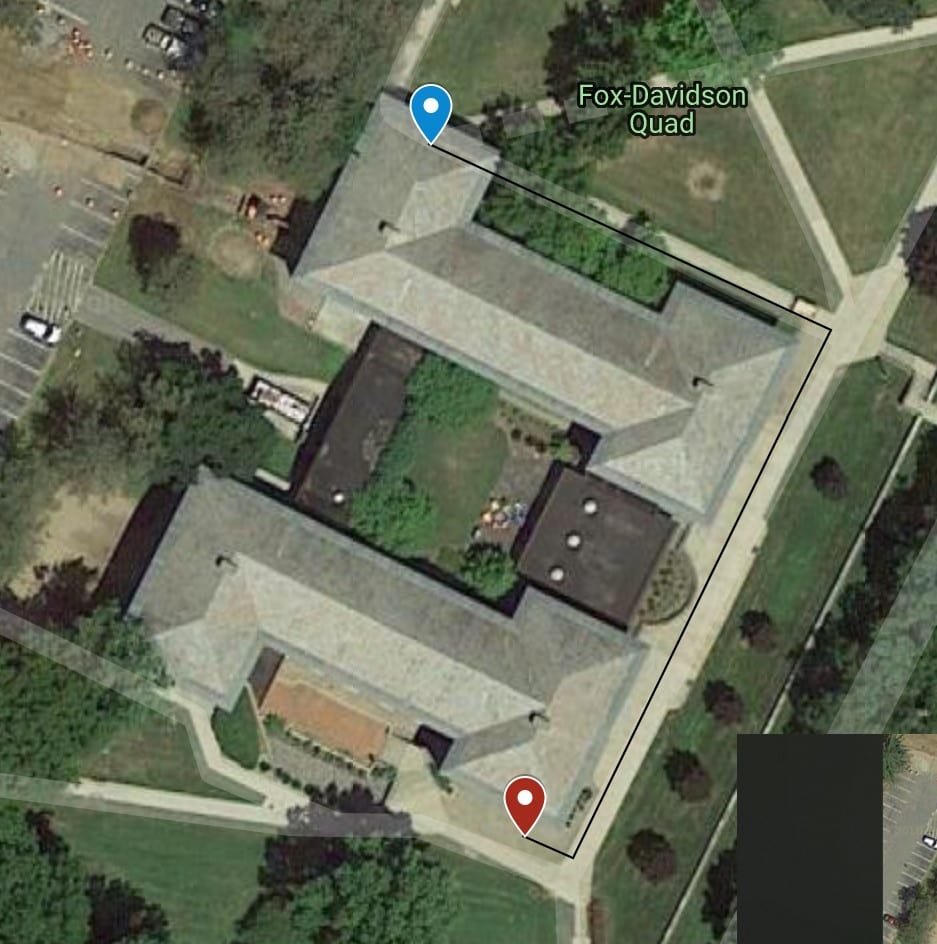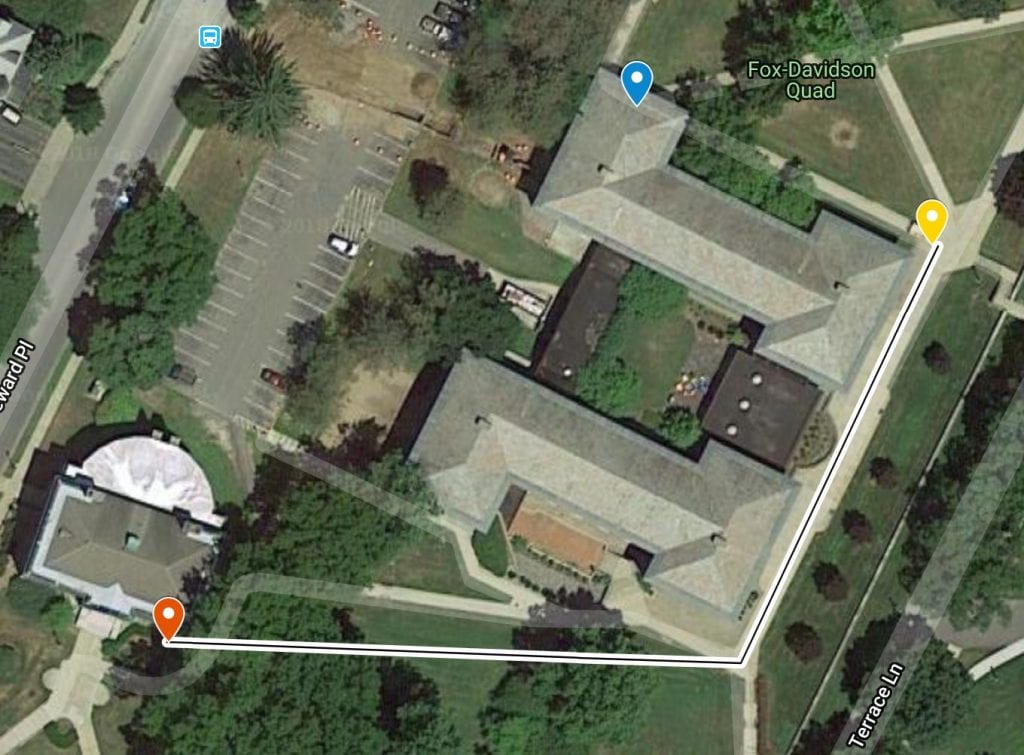SRG Parts
I have submitted a parts list to Lisa as of Tuesday night. Most of the parts have short shipping time so hopefully by next week I can start to assemble and run actual tests of the first level of relay using just off-the-shelf components.
Antenna Tracker testing
I now have a complete setup to begin running tests of RSSI differences between two helical antennas. I attempted to run a proof-of-concept indoors (yes I know you told me specifically not to do that, but it was raining outside and I procrastinated. So I guess I have no real excuse…). The values were noisy, but it was easy to see that the RSSI output reacted to which antenna the transmitter was near. I started off by using “pit mode,” a feature that greatly minimizes the tx power of the transmitter. There is no official power level other than “2-3 meters” so regardless it is very small.
Moving up to 25mW, I could still see a reaction when moving parallel to the two antennas which were angled about 30° from each other. I tested also with 200mW. I haven’t included any data because it was difficult to interpret live and I saw no way that I could get usable info from it because I was inside, and it was erratic enough to not be worth the effort.
Proper testing will be done this week outside on a field. I will carry my phone with me when moving the transmitter around to record a GPS track so I can easily correlate (or not correlate) RSSI data with position.
Near antenna tests
Didn’t get done.
2.4Ghz Shielding
Tinfoil? The internet says it works. They are always right.
A simple 3D printed enclosure lined with tinfoil on the inside would make for a cheap and easy shielding cover.
XBee
Aero has quite a few XBee radios that appear to be close to the same as the ones I am purchasing. If the order takes longer than expected I can use these as stand-ins but I doubt they will take longer than it will take for me to finish testing other components.




